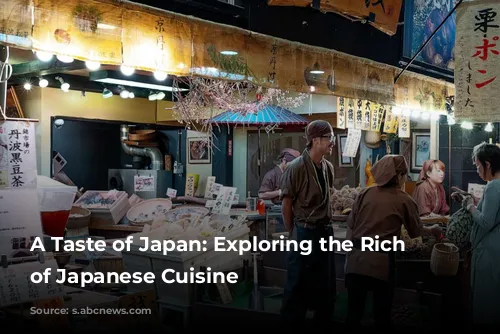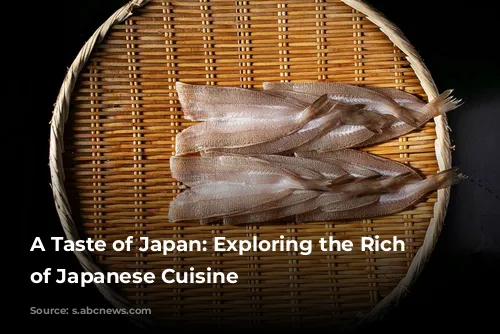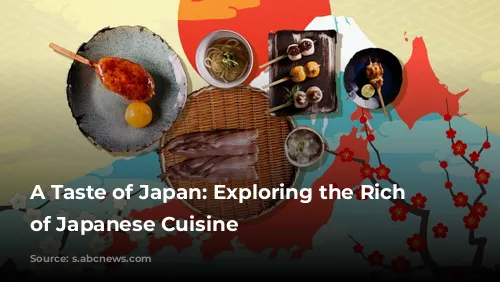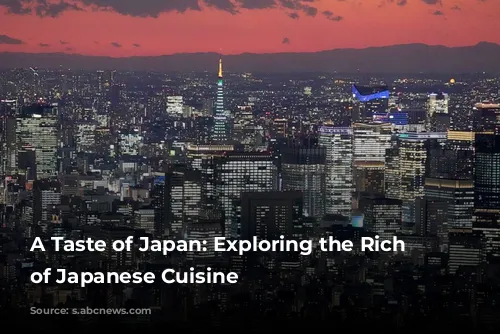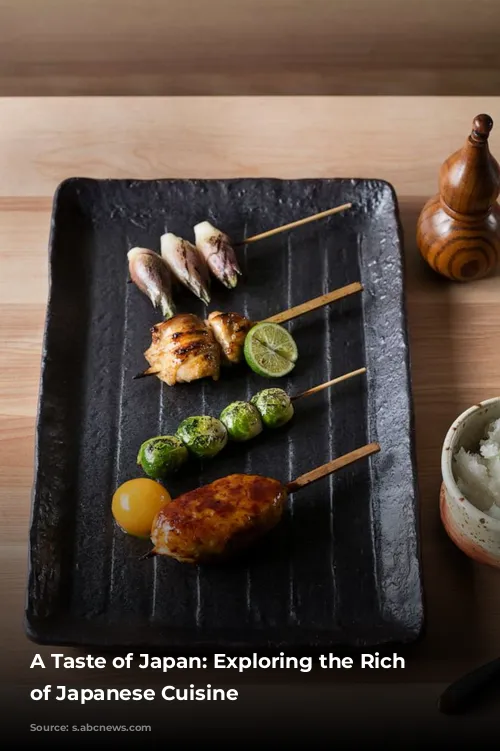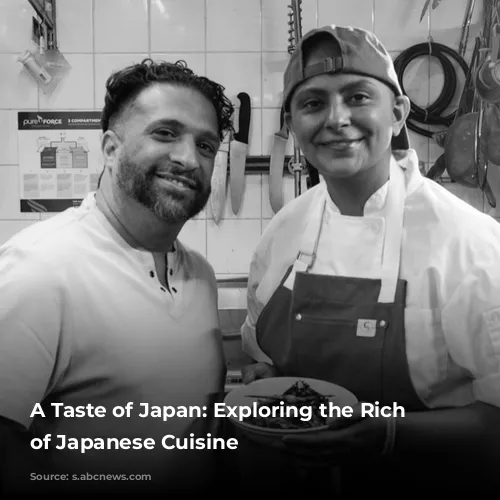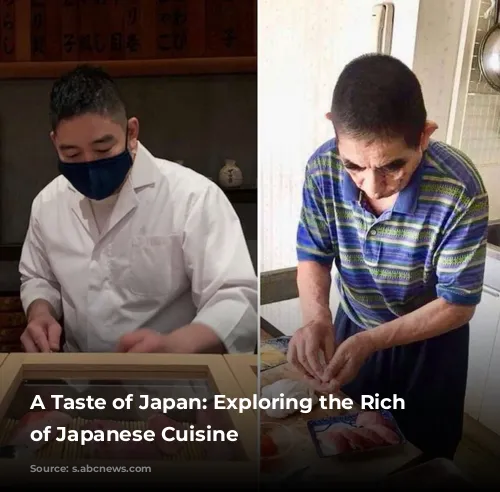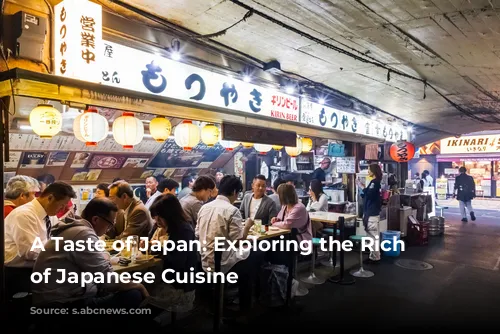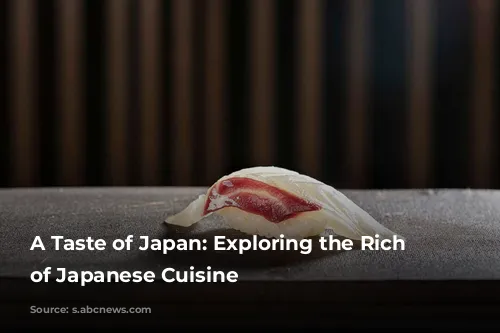Have you ever wondered about the fascinating stories behind the food you eat? Stepping into a new culture through its culinary traditions is an incredible journey! Today, we’re taking a trip to Japan with two extraordinary chefs who will share their passion for the art of Japanese cooking.
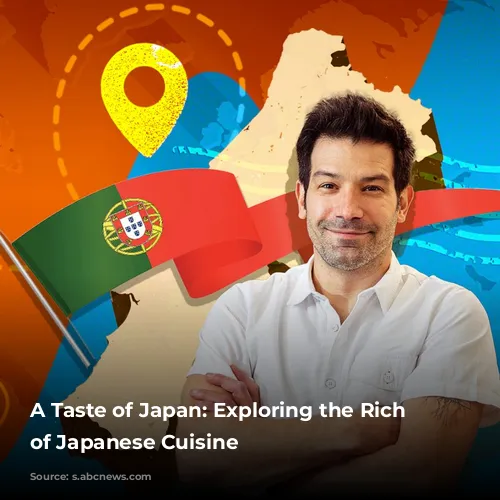
Two Masters of Japanese Cuisine
Our culinary adventure begins with two renowned Japanese chefs, Atsushi “ATS” Kono and Kunihide “Nakaji” Nakajima. Both born and raised in Japan, they now bring their expertise to the United States, sharing their heritage through delectable dishes. Chef Kono, hailing from Saitama, emphasizes three fundamental principles that define Japanese cuisine:
- Respecting Ingredients: Using every part of the ingredients, presenting them in their best form.
- Cooking Without Waste: Mindful and efficient cooking techniques to avoid food waste.
- Seasonality and Occasion: Celebrating the changing seasons, incorporating seasonal ingredients, and adapting dishes to specific events.
Chef Nakajima, a true “Edokko” (a native of Edo, the old name for Tokyo), echoes Kono’s views on the importance of seasonality. As a sushi chef, he tailors his creations to the specific ingredients and techniques suited to each season. He emphasizes the importance of freshness and quality above all else.
Flavors of Japan: A Culinary Journey
From the fiery yakitori to the delicate edomae-style sushi, Japanese cuisine offers a diverse range of flavors and techniques.
Kono reveals a key element of Japanese cuisine: soy sauce. This essential ingredient adds depth and complexity to countless dishes, just as salt enhances other cuisines.
Nakajima explains the unique techniques of Edomae-style cooking, developed in a time before refrigeration. These methods involve careful marinating, curing, broiling, and preserving fish, using salt and vinegar. These traditional techniques are passed down through generations, ensuring the authenticity and integrity of the cuisine.
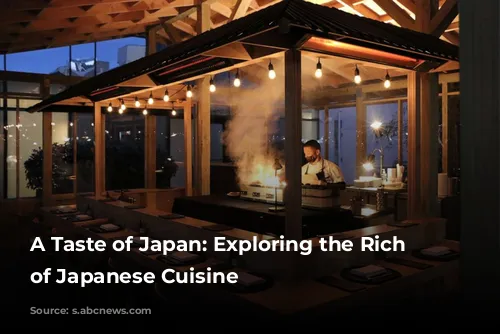
Honoring Tradition and Innovation
Both chefs demonstrate a deep respect for tradition while embracing innovation.
Kono’s Kappo-style menu at Chikarashi Isso showcases a multi-course culinary experience, highlighting his mastery of the grill and featuring a variety of dishes that reflect his Japanese heritage. He sources his ingredients locally, emphasizing the importance of fresh, high-quality produce.
Nakajima, at his namesake restaurant, Nakaji, honors his family’s legacy by preserving the traditional techniques and recipes passed down through generations. He uses unique ingredients like cured kohada, anago, and tako, showcasing the diverse flavors of Japanese seafood.
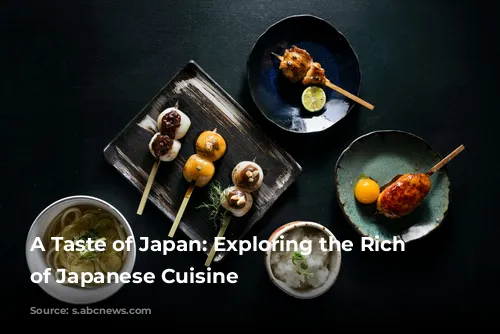
Bringing Japan to Your Kitchen
For those eager to explore the world of Japanese cuisine in their own kitchens, both chefs offer valuable advice.
Kono encourages an “omotenashi” mindset, emphasizing the importance of hospitality and considering the enjoyment of the people who will be eating your food. He suggests trying your hand at yakitori, a beloved Japanese street food. He recommends using fresh, organic chicken and experimenting with different cuts, even offering helpful videos on breaking down a whole chicken.
Nakajima emphasizes the importance of freshness when preparing edomae-style sushi. He encourages sourcing ingredients from local fish markets and farmer’s markets, and even suggests seeking out fresh wasabi from specialty Japanese grocery stores.
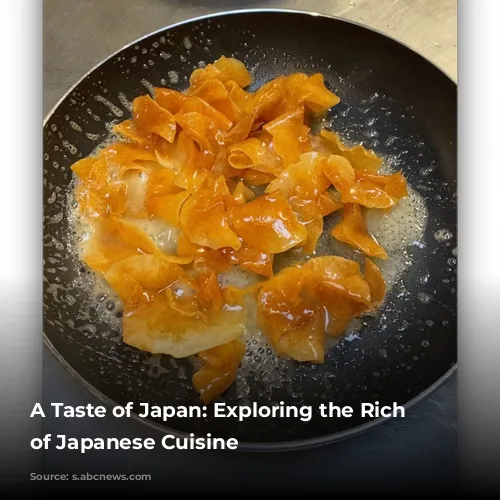
Experiencing Japanese Cuisine Beyond the Kitchen
For those seeking to dive deeper into Japanese cuisine, both chefs provide excellent recommendations.
Kono recommends visiting Izakaya-style restaurants, Japanese pubs that offer a variety of comfort foods and a welcoming atmosphere. He emphasizes the unique experience of yakitori – enjoying different cuts of chicken grilled over binchotan charcoal. He also encourages trying a sake pairing with your yakitori.
Nakajima suggests visiting local shops and restaurants in Japan, highlighting the authentic and vibrant energy of these establishments. He emphasizes that the most enjoyable culinary experiences often lie within the hidden gems of a city.
Both chefs emphasize the importance of venturing off the beaten path and exploring the diversity of Japanese culinary traditions, no matter where you are. This journey of discovery will be filled with rich flavors, captivating stories, and the warmth of Japanese hospitality.
